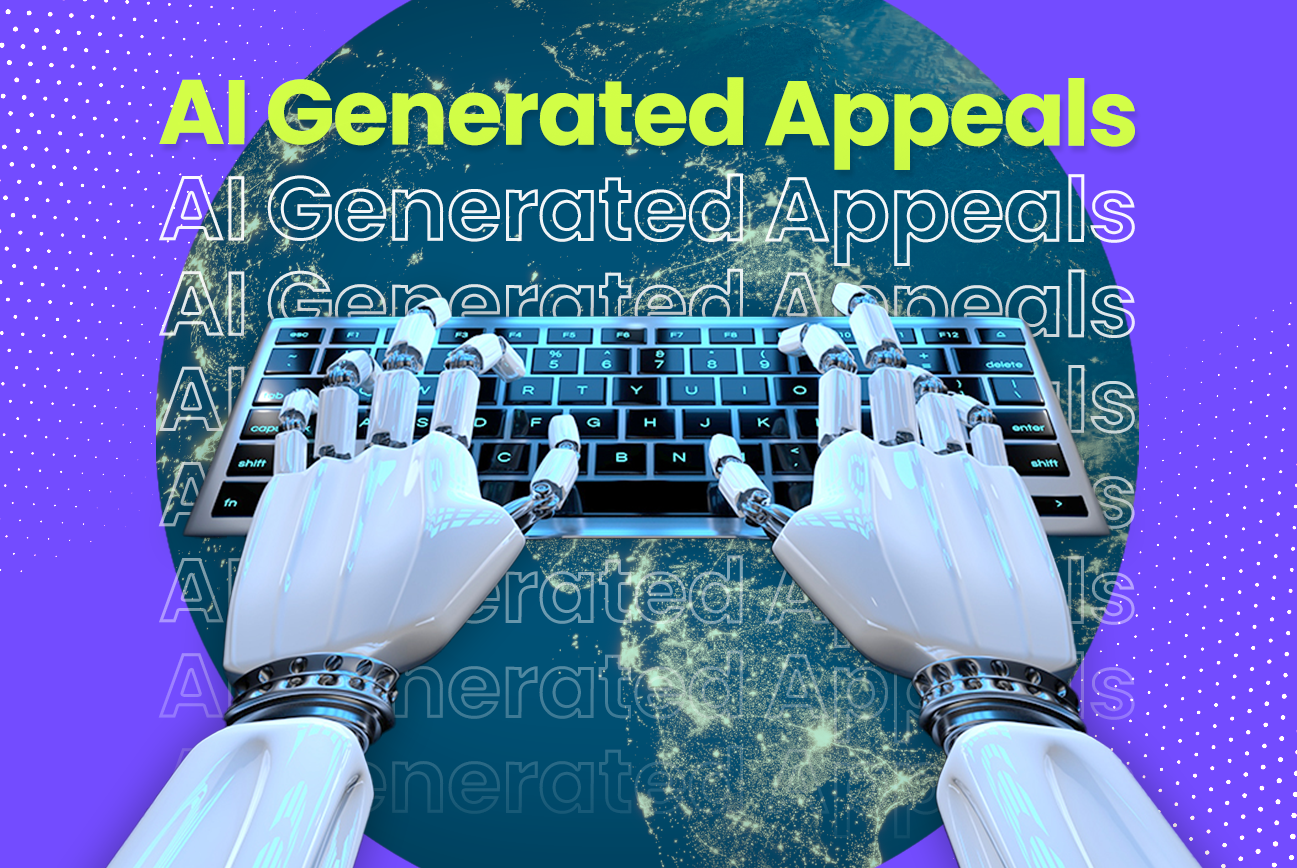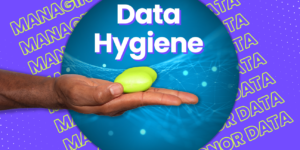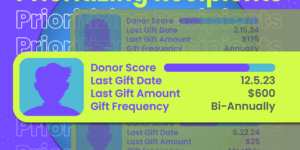The pressure to hit your fundraising targets can be daunting as the year draws to a close. Trust us. We know managing day-to-day operations while keeping crucial funds flowing in is not an easy task for fundraisers!
As you know, organizations across all industries are using AI to assist with content creation. And this tool can change the way you approach your year-end fundraising strategy.
It’s all about simplifying your processes, reducing your workload, and making the giving process as smooth and streamlined as possible for your donors.
A faster first draft.
You may have guessed where we were going with this. AI programs like ChatGPT are a great way to kickstart your appeal drafting process. Of course, you will still need to go in and apply the human touch.
AI has come a long way in a short amount of time. But it’s still not a replacement for a human copywriter.
The first step is teaching the program a little more about your nonprofit, its goals, and your audience. So, feed the program your mission statement, details about your target audience, appeals from past years, and data from past campaigns.
Then, ask the program to generate a new appeal letter with the information you’ve already provided. Ask it to communicate a sense of urgency and emphasize how each donor can make an impact with their support. You can even ask the AI to take last year’s appeal letter and update it to tell the next chapter of your story!
AI-powered tools like language generators can assist you in creating personalized, impactful fundraising appeals that resonate with your audience. It can identify successful patterns and generate content that aligns with your nonprofit’s voice and mission.
FREE eBOOK: Is partnering with a fundraising agency right for you?

How does it work?
AI is all about taking the heavy lifting off your plate and leaving you more time to focus on other critical tasks. So, remember this the next time you’re staring at a blank screen, struggling to get started on your next appeal draft.
However, the process isn’t as simple as it may seem. It’s important to use AI to its strengths, just like any other tool in your fundraising toolbox.
You’ll get better results when you go beyond a single, simple prompt.
Here’s what you need to know:
Step 1: Set Up.
Access OpenAI’s GPT-3 Platform: To use ChatGPT, you’ll need access to the GPT-3 platform provided by OpenAI.
Prepare your input: Gather information about your nonprofit’s mission before you start interacting with ChatGPT. This will include the purpose of the fundraising appeal and any of the specific details mentioned earlier you want to include.
Step 2: Formulate a Prompt.
Start the conversation: Start by crafting a prompt that introduces the context and purpose of the fundraising appeal. For example:
“I’m working on a year-end fundraising appeal for our nonprofit organization that focuses on [briefly describe your mission]. I’d like your help drafting a compelling appeal that resonates with our potential donors.”

Step 3: Collaborate with ChatGPT.
Generate an initial response: With your prompt in place, send it to ChatGPT and request an initial response. This could look like:
“Could you help me craft an emotionally compelling fundraising appeal that showcases the impact of our work and encourages donors to contribute?”
Review the generated content: The AI will respond with a generated paragraph or text. Review what ChatGPT has produced. It might provide a solid foundation for your appeal or offer creative ideas that you can incorporate.
Iterate and edit: Don’t worry if the initial response doesn’t fully capture your vision. ChatGPT is a tool to collaborate with. You can provide feedback on what you like, dislike or suggest specific changes. For example:
“I love how you highlighted [mention specific part you liked]. Could we focus a bit more on [provide additional detail] to emphasize the impact of our programs?”
Refine and polish: Continue this back-and-forth process with ChatGPT until you’re satisfied with the appeal. You can ask the AI to make the language more formal, emotional, or aligned with your nonprofit’s voice.
Step 4: Review and personalize.
Add personal touches: ChatGPT can assist with generating content. But you’ll need a human copywriter to apply your organization’s unique voice, personal anecdotes, and specific details that resonate with your audience.
Review for accuracy: As with any content, ensure the generated appeal is accurate, honest, and factually correct. Check statistics, dates, and any specific information provided. It’s critical to always fact-check any AI-generated content.
Step 5: Finalize and implement.
Craft a compelling opening: Begin the appeal with a strong hook that captures the reader’s attention and clearly conveys the importance of your cause.
Highlight impact: Emphasize the impact of your organization’s work. Use storytelling and concrete examples to illustrate the positive changes that your nonprofit has achieved.
Make the ask: Clearly state what you’re asking for, whether it’s a monetary donation, volunteer support, or another form of engagement. Remember to apply the personal touch!
Create urgency: Encourage potential donors to act by highlighting the urgency of the situation or the significance of contributing before the year ends.
Provide clear instructions: Include information on how to donate, whether it’s through your website, a fundraising platform, or other means.
Express gratitude: Wrap up the appeal by expressing gratitude for the reader’s consideration and support. Remind them about the impact of any past gifts.
Step 6: Proofread and finalize.
Proofread: Double-check the appeal for any grammatical errors, typos, or awkward phrasings.
Seek feedback: Have a colleague or team member review the appeal to ensure it resonates with others and aligns with your organization’s messaging.
Step 7: Test and track.
Test different versions: Consider creating appeal variations based on different AI-generated responses and conduct an A/B test. This can help you identify which version resonates the most with your audience or specific audience segments.
Track performance: As you send out the appeal, track the response rates and donation amounts. This can provide insights into the AI-generated content’s effectiveness and help you refine your approach in the future.

The human touch.
AI can be a great tool to help expedite the appeal process. But a personal touch and understanding of your nonprofit’s mission are what truly make your appeals compelling. So, use the AI-generated content as a starting point and craft an appeal that communicates the goals and values your organization and donors share.
As a nonprofit professional, you’re no stranger to wearing multiple hats. But year-end fundraising doesn’t have to be overwhelming. You can simplify your workload, enhance donor engagement, and amplify the impact of your efforts by embracing AI-driven solutions.
Remember, AI isn’t here to replace the heart and soul you pour into your nonprofit’s work. It’s here to complement and elevate it.
So, don’t be afraid to harness the power of AI to make this year’s year-end fundraising season your most successful and stress-free one! Your mission is important, and AI can help you rise above the noise.









